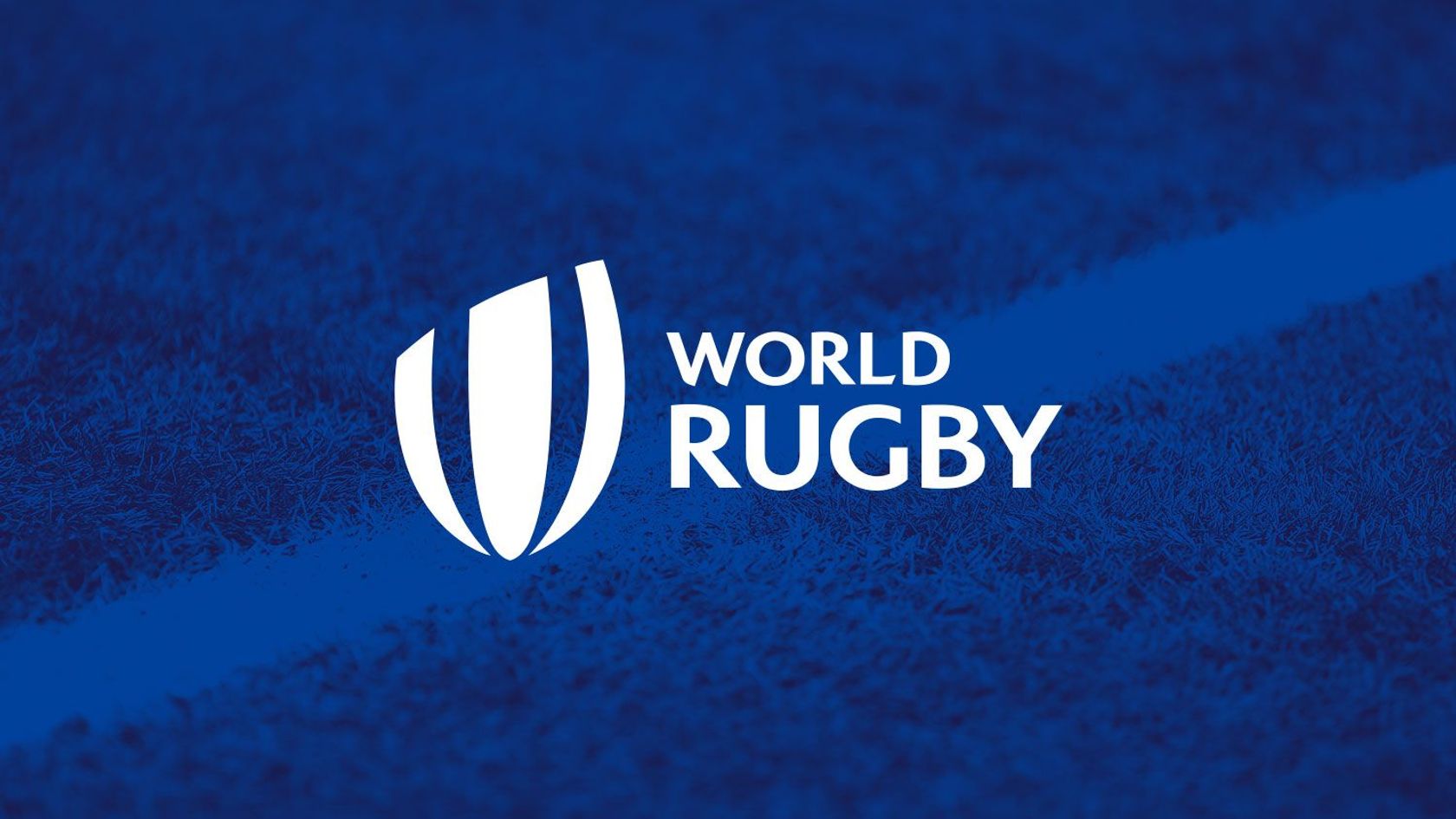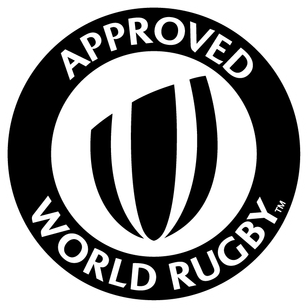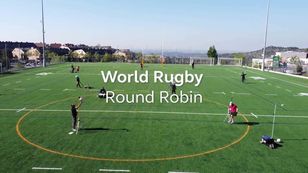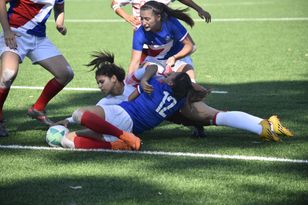Artificial Turf Testing

The testing of a system will occur both within a laboratory environment and upon the completed installation and must be carried out by a World Rugby Accredited Test Institute. Testing helps to ensure:
- Player welfare is promoted
- The investment made in the field is protected. Regulation 22 includes a requirement to simulate the wear on fields to ensure that the performance requirements can continue to be met by the surface for at least 8-10 years
- The surface behaves in the expected manner
The performance requirements are in place to mimic natural turf and to minimise the injury risk caused by the surface
A system will undergo a series of tests to establish its suitability for installation. Only a system that has passed both the laboratory and field testing requirements of the Rugby Turf Performance Specification will be deemed to suitable for use in rugby union.
The types of test undertaken are as follows:
Laboratory Tests
- Identification tests – to characterise the surface being tested
- Durability – the ability of the surface to withstand the effects of play and the environment
- Carpet and joint strength tests are completed to ensure that the installation is strong enough to withstand the normal actions undertaken during a rugby match such as scrummaging, rucking and mauling.
- Longevity – the ability of the surface to withstand the effects of weathering. Products are tested before and after treatment to ensure the performance continues to be met. The conditioning includes:
- UV-A Exposure
- Mechanical wear (using the Lisport XL device) .
- Player/Surface Interaction – the reaction of the surface to a player
- Shock Absorption:
- If the shock absorption is too high the surface will feel heavy to the player and will sap their energy, tiring them out more quickly.
- If the shock absorption is too low the surface will feel too hard and result in increased risk of injury from compaction of the meniscus in the knee joints and the spinal column.
- Vertical Deformation:
- A high vertical deformation means that the field will deform too much under the player which may result in overstretching of ligaments.
- A low vertical deformation means that the field does not have enough compressibility and will feel hard to run on.
- Rotational Resistance:
- If the rotational resistance is too high, the natural slippage that is expected is reduced, meaning that the likelihood of excessive grip between the boot and the surface may increase the risk of potential joint injuries (especially ankle and knee).
- If the rotational resistance is too low the player is more likely to slip and have less confidence in their foot holding. It makes change of direction much more difficult and slippage can result in over-extension injuries.
- Impact Attenuation (HIC)
- There is no real risk in having a high HIC, however higher HIC values increase the likelihood of other requirements not achieving their required levels.
- If the HIC value is too low, the likelihood of serious injury occurring as a result of a player hitting their head on the surface is increased.
- Shock Absorption:
- Ball/Surface Interaction – the reaction of a ball to the surface
- Vertical Ball Rebound (using an association football ball)
- If the vertical ball rebound is too high, then the surface will make the ball bounce to an unusually high degree. It is also a good indicator of excess compaction of the infill.
- If the vertical ball rebound is too low the ball will bounce less than is expected resulting in a deadening of the ball.
- Angled Ball Rebound (using an association football ball) is tested in the lab only to ensure that the expected performance is met.
- Vertical Ball Rebound (using an association football ball)
Field Tests
- Identification tests – to ensure the system installed matches the product tested in the laboratory
- Player/Surface Interaction – as above
- Ball/Surface Interaction – as above except for angled ball rebound
- Construction tests – evenness
These testing requirements align closely with FIFA's requirements except for the following aspects:
- World Rugby have a minimum pile height requirement (currently 50mm)
- FIFA do not have a HIC requirement
- World Rugby strength requirements are higher to account for scrummaging and other sport specific aspects of play.
A full list of tests and the requirements for each is available in the World Rugby Turf Performance Specification.








